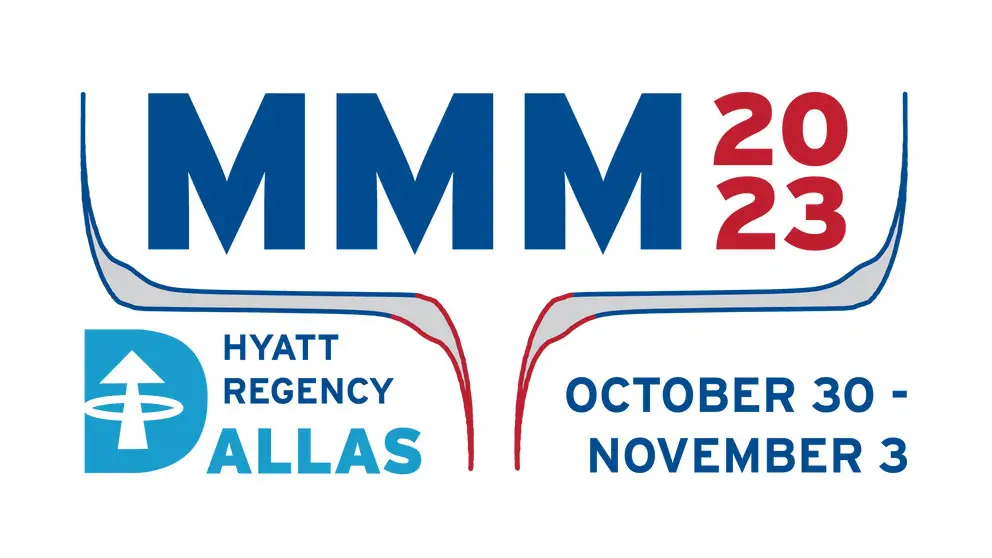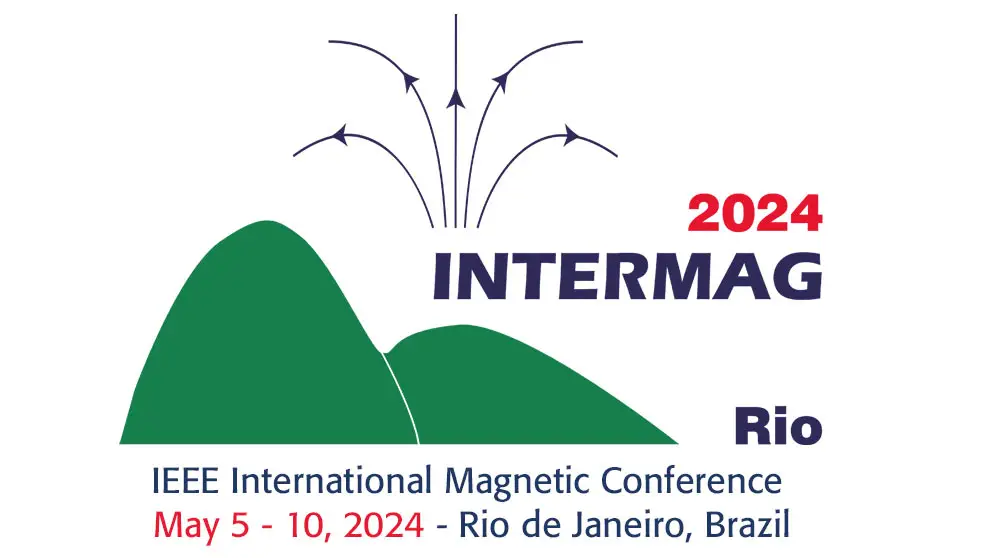ES-04: Comparative Study on Heteropolar/Homopolar Magnetic Bearings for High-Speed Rotating Applications
Sujin Noh, Joo Hong Park, Kyung-Hun Shin, Han-wook Cho
Poster In-Person
18 Oct 2023
Non-contact magnetic bearings (MB) are increasingly important for high-speed and high-precision rotating machinery. This paper presents the design and evaluation of five types of magnetic bearings, incorporating electromagnets and permanent magnets to enhance power efficiency. Figure 1 illustrates various bearing configurations: an 8-pole conventional heteropolar MB (a), a pork-type heteropolar MB (b), and a hybrid pork-type MB with both permanent magnets and electromagnets (c). Additionally, there are homopolar magnetic bearing utilizing solely electromagnets (d) or a combination of electromagnets and permanent magnets (e). In order to enable a rigorous quantitative evaluation, the mechanical parameters were carefully standardized, including equal application of coil volume and current. Heteropolar bearings used laminated 35PN440 steel plates for stacking, while pure iron was employed for homopolar bearings due to stacking limitations. The bias current was determined considering the respective material properties. Control coefficients, such as position and current stiffness coefficients, were determined using analytical formulas. Using Ansys Electronics 2022 R2 program facilitated electromagnetic force analysis by varying displacement (±0.2mm in 0.1mm increments) along the x-axis and current (±2A in 1A increments). Linear control regions were determined through exhaustive analysis of the interdependencies between electromagnetic force, current, and displacement. Magnetic flux density was assessed at maximum control current, alongside loss characteristics evaluation at 30,000 rpm. Fig. 2(a) presents the current and position stiffness coefficients for each bearing type, while Fig. 2(b) illustrates the losses. Notably, for mechanically identical sizes and coil amounts, type (d) exhibited a 649% higher current stiffness coefficient compared to the smallest model, while type (b) demonstrated a 167% higher position stiffness coefficient.References: Shilei Xu and Jinji Sun, IEEE Trans. On Magnetics, Vol. 50, pp.1-8 (2014) Alexei Filatov, Larry Hawkins and Patrick McMullen, MDPI, pp.1-25 (2014)


